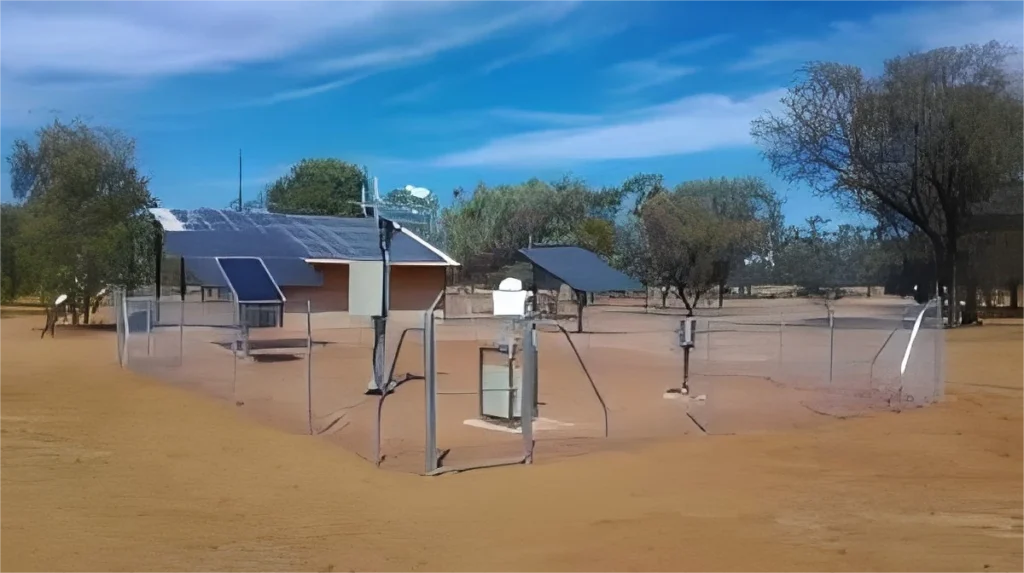
# Disadvantages of Automatic Weather Stations
Automatic Weather Stations (AWS) have revolutionized meteorological data collection by providing real-time, accurate, and continuous weather information. However, despite their numerous advantages, AWS also come with several disadvantages that can impact their effectiveness and reliability. This article explores the key drawbacks of using automatic weather stations.
## High Initial and Maintenance Costs
One of the primary disadvantages of automatic weather stations is the significant initial investment required for their installation. High-quality sensors, data loggers, and communication systems can be expensive, making it challenging for smaller organizations or developing countries to afford them. Additionally, regular maintenance is essential to ensure the accuracy and longevity of the equipment, which further adds to the overall cost.
## Dependence on Power Supply
Automatic weather stations rely heavily on a continuous power supply to function effectively. In remote or off-grid locations, this can be a major challenge. While some AWS are equipped with solar panels or batteries, these solutions may not always be reliable, especially during prolonged periods of cloudy weather or extreme temperatures. Power outages can lead to data gaps, reducing the station’s overall usefulness.
## Vulnerability to Environmental Factors
AWS are often exposed to harsh environmental conditions, such as extreme temperatures, heavy rainfall, strong winds, and even vandalism. These factors can damage sensitive sensors and other components, leading to inaccurate data or complete system failure. Regular inspections and protective measures are necessary to mitigate these risks, but they can be time-consuming and costly.
## Limited Human Oversight
Unlike traditional weather stations that are often monitored by trained personnel, AWS operate with minimal human intervention. While this reduces labor costs, it also means that errors or malfunctions may go unnoticed for extended periods. For example, a sensor drift or calibration issue could produce incorrect data, which might only be detected during routine maintenance checks.
## Data Transmission Issues
Many automatic weather stations rely on wireless communication systems to transmit data to central databases. However, signal interference, network congestion, or technical glitches can disrupt data transmission, leading to incomplete or lost data. In areas with poor connectivity, this can be a significant limitation, requiring alternative solutions such as satellite communication, which can be expensive.
## Calibration and Accuracy Challenges
Maintaining the accuracy of AWS sensors requires regular calibration. Over time, sensors can drift from their original settings due to wear and tear or environmental exposure. Without frequent calibration, the data collected may become less reliable. This is particularly critical for applications that demand high precision, such as climate research or aviation weather forecasting.
## Limited Flexibility and Customization
Automatic weather stations are typically designed for general-purpose use, which may not meet the specific needs of all users. Customizing an AWS to include additional sensors or unique data collection parameters can be complex and costly. This lack of flexibility can be a drawback for researchers or organizations with specialized requirements.
## Conclusion
While automatic weather stations offer numerous benefits, including real-time data collection and reduced human labor, they are not without their disadvantages. High costs, dependence on power, environmental vulnerabilities, and data accuracy issues are some of the key challenges associated with AWS. Understanding these drawbacks is essential for making informed decisions about their deployment and ensuring their effective use in meteorological and environmental monitoring.
